Findings demonstrate industry benefits local communities, counters criticism of export-driven fish farming in Bangladesh
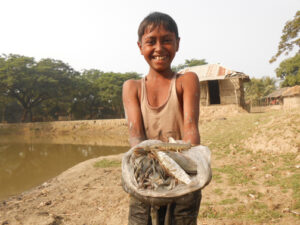
A new study into prawn and shrimp production in southwest Bangladesh indicates that the industry is “crucial to public health and prosperity,” while also being climate-resilient. Led by the University of Stirling’s Institute of Aquaculture, researchers found that a relatively small amount was exported, providing “important income for communities,” and other fish production had a low impact on the environment and provided essential nutrition.
According to the findings, only 20 to 40 percent of all the fish produced (e.g. shrimp and prawn) was destined for export, whereas a high diversity of other fish was produced, sold and consumed locally in mainly small-scale enterprises. It challenges recent criticism of the impact of export-driven prawn and shrimp farming on communities and the environment in Bangladesh.
“There has been very little research into the detail of what’s happening on the ground in Bangladesh to counterbalance global discourse about food security and trade liberalization,” said Dr. Abdullah-Al Mamun, Ph.D. researcher and the lead author on the paper. “This study is important because it shows that the family-driven, polyculture system currently in operation in southwest Bangladesh actually safeguards household nutrition and income, whilst requiring far fewer inputs than the intensive systems in operation in other places, making it better for the environment.”
Over four years, the researchers collected quantitative and qualitative data from 240 households and 160 shrimp/prawn farms in four different communities. Four areas of gher dikes (where rice, fish and vegetables are grown together) were studied: high saline (coastal), medium saline, low saline and freshwater (inland). In total, 40 households farming fish from each area were chosen at random and underwater biodiversity was measured.
“As well as prawn and shrimp, we found 52 other fish species growing in the water across the four areas, which is surprisingly diverse, as well as a range of vegetables,” said Mamun. “The prawn and shrimp for export brought in the highest price for households. The other 52 fish species and the vegetables were consumed and sold locally. We found 60 percent of households were farming fish and the other 40 percent were indirectly linked – either employed by farms or along the supply chain – so aquaculture is incredibly important to people in southwest Bangladesh.”
Furthermore, the study found that very few inputs were needed to grow the fish, making the impact on the environment low.
“Ninety percent of these farms were extensive: with a low stocking density and relying on food produced naturally in the pond rather than on artificial feed, irrigation, energy or electricity,” said Mamun. “In the freshwater area, hatcheries were being used to produce finfish, but in the saline areas, the finfish grew naturally.”
The researchers studied 60 households from each of the four areas, mapping the nutritional profile of what they ate by analyzing biomarkers from a finger prick test. Remarkably, the girls in the high saline areas showed a higher level of a crucial fatty acid (EPA and DHA), indicating that the coastal fish that they could access is more nutritious.
“While the prawns and shrimp were exported, they actually had lower nutritional value than the finfish retained for local consumption,” said Mamun. “But the exported catch gave financial strength to households.”
The study was funded by the Commonwealth Scholarship Council, UK, and the EU Sustaining Ethical Aquaculture Trade (SEAT) research project, supported by UK Aid’s Innovative Methods and Metrics for Agriculture and Nutrition Actions (IMMANA) program.
Dr. Dave Little, a professor at the Institute of Aquaculture who oversaw the study, said: “The results send a clear message that consumers can safely eat Bangladeshi shrimp, knowing they are also supporting local people being able to eat more nutritionally valuable seafood.”
The paper ‘Export-Driven, Extensive Coastal Aquaculture Can Benefit Nutritionally Vulnerable People’ is published in the journal, Frontiers in Sustainable Food Systems.
Follow the Advocate on Twitter @GSA_Advocate
Now that you've reached the end of the article ...
… please consider supporting GSA’s mission to advance responsible seafood practices through education, advocacy and third-party assurances. The Advocate aims to document the evolution of responsible seafood practices and share the expansive knowledge of our vast network of contributors.
By becoming a Global Seafood Alliance member, you’re ensuring that all of the pre-competitive work we do through member benefits, resources and events can continue. Individual membership costs just $50 a year.
Not a GSA member? Join us.
Author
Tagged With
Related Posts
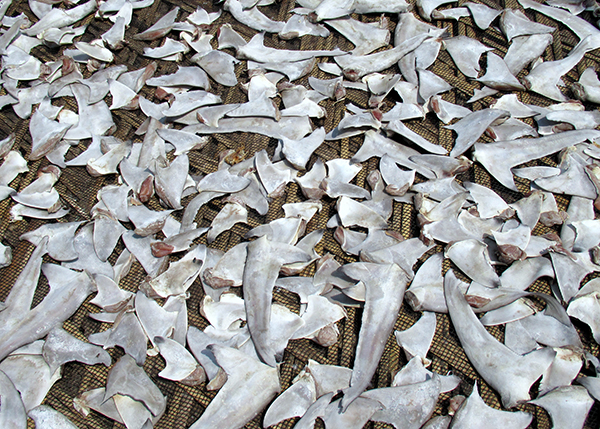
Fisheries
Bangladesh moves to protect threatened sharks and rays
With sharks and rays critically endangered, the government of Bangladesh has amended legislation to reduce the extinction risk of the species.
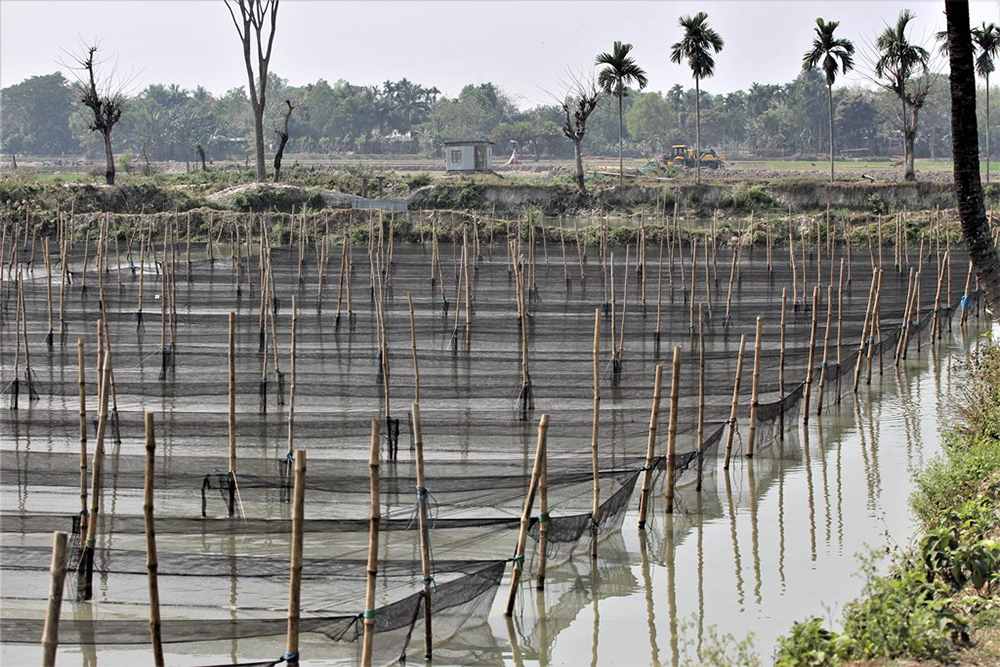
Intelligence
Bangladesh’s tilapia aquaculture industry shows resilience
Tilapia aquaculture in Bangladesh has developed significantly since 1999, based on the Genetically Improved Farmed Tilapia (GIFT) strain of Nile tilapia (Oreochromis niloticus) introduced from Malaysia and on the significant genetic improvement research work by the Bangladesh Fisheries Research Institute (BFRI).
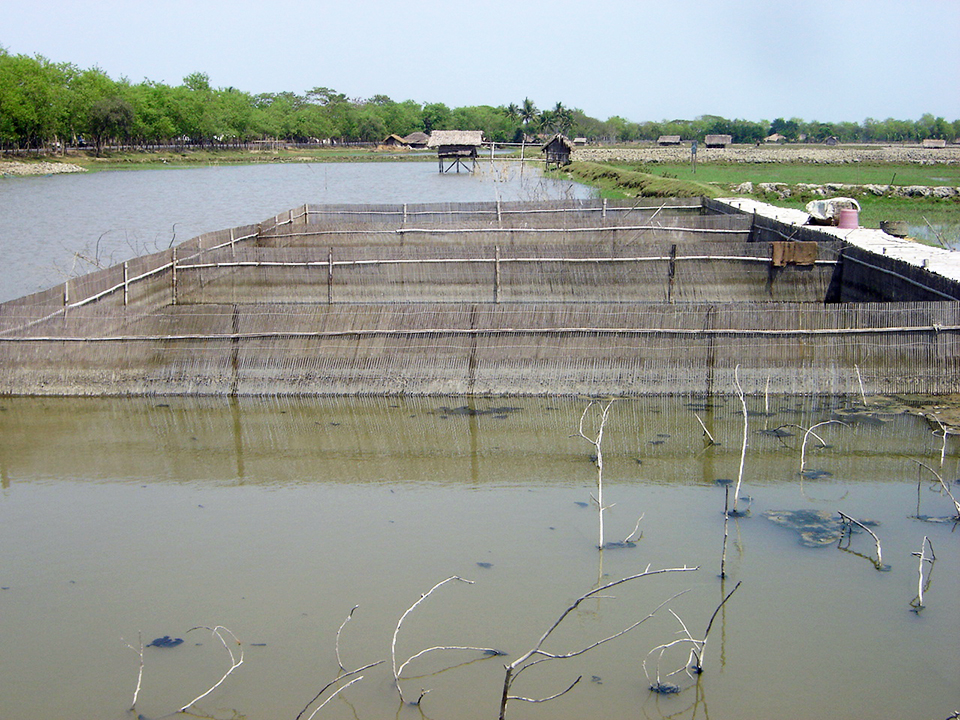
Responsibility
Coastal aquaculture in Bangladesh must adapt to climate change
Shrimp culture in coastal Bangladesh is threatened by climate change variables that include flooding, cyclones, drought, salinity changes and rising sea levels. Holistic planning can help reduce the impacts.
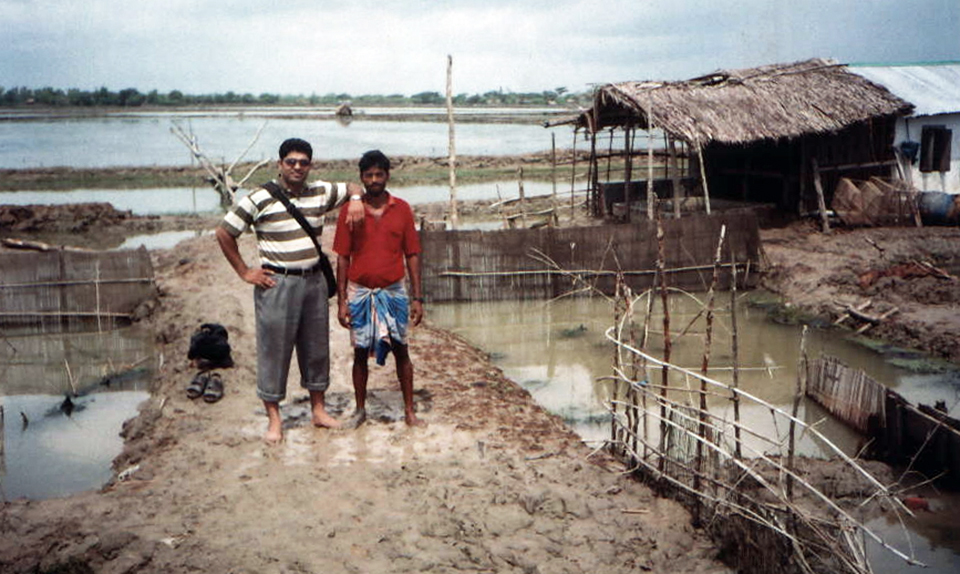
Intelligence
Evolution of shrimp farming in Bangladesh
The social and environmental improvements – in combination with job-generating foreign investment – have led to wide acceptance of shrimp farming in Bangladesh.



